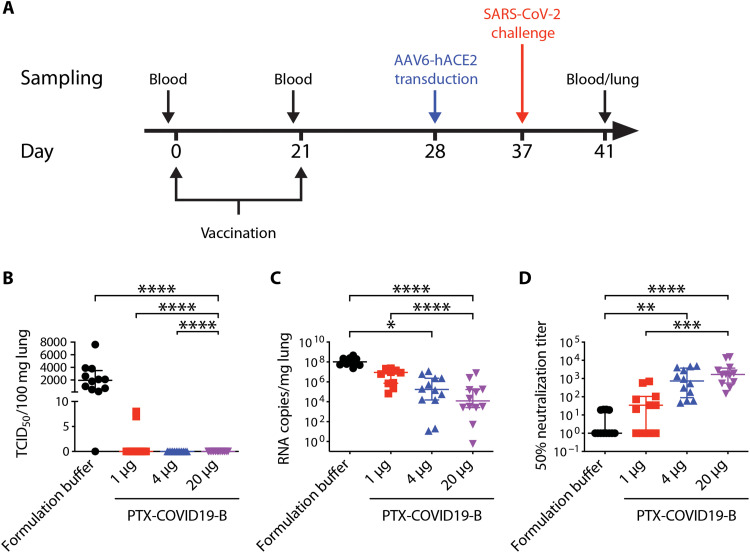Fig. 5. PTX-COVID19-B protects mice from SARS-CoV-2 challenge.
(A) Mouse vaccination and challenge regimen. Six- to 8-week-old female C57BL/6 mice (n = 10 per group) were vaccinated twice with 1-, 4-, or 20-μg doses of PTX-COVID19-B or formulation buffer as a control. One week after the second vaccination, mice were intranasally transduced with AAV6-hACE2. Nine days after the transduction, mice were intranasally challenged with SARS-CoV-2. One day before each vaccination, blood was collected from the mice. Four days after SARS-CoV-2 challenge, mice were humanely euthanized, and blood and lungs were collected from the mice. (B) Amount of infectious SARS-CoV-2 virus and (C) SARS-CoV-2 RNA in the lungs of the mice. Shown in (B) is TCID50/100 mg lung tissue (n = 10 per group) and (C) RNA copies/mg lung tissue (n = 10 per group). (D) Neutralization of SARS-CoV-2 authentic virus by the mouse sera collected 4 days after SARS-CoV-2 challenge. Shown are ID50 titers (n = 10 per group). Samples that did not neutralize viruses at the lowest dilution (1:20) are designated an ID50 titer of 1. Each symbol represents one mouse. For each group, the long horizontal line indicates the median, and the short lines below and above the median indicate the 25th and 75th percentiles. *P < 0.05, **P < 0.01, ***P < 0.001, and ****P < 0.0001 as determined by one-way ANOVA (Kruskal-Wallis test) followed by Dunn’s multiple comparison test.

